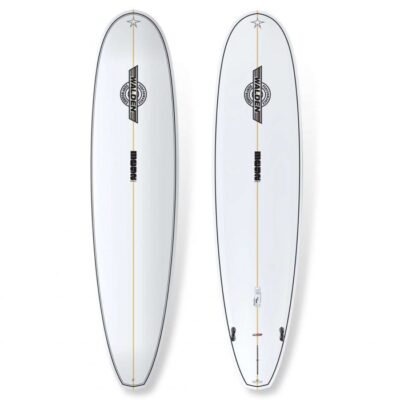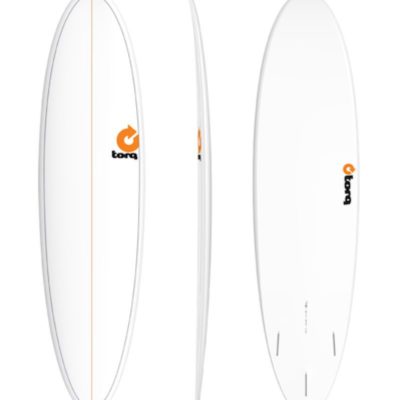Description
The Modern Retro Longboard puts a contemporary twist on an old school design, made popular back in the late 60’s, when hanging toes was the in-vogue move.
OUTLINE: The Retro is wide and incredibly stable. The long parallel rails create a huge stable platform to stand and walk the board, and the full rounded nose is ideal for riding the nose.
ROCKER: Moderately flat entry rocker provides fast paddling and flowing down-the-line trim speed. The flat section through the middle gives the board effortless glide, and slight lift in the tail enhances turning ability.
CONTOURS: A long, single concave under the nose provides lift for extended nose time, while vee through the belly and tail allows the rider to transition smoothly from rail-to-rail.
RAILS: Forgiving 60/40 rails not only provide bite on the wave face, but also allows for smooth transitional turns off the tail.
AESTHETIC: Traditional resin tints, rail laps, and gloss finish not only look striking but also guarantees that each board has its own unique appearance.
FIN: The Retro comes with a single fin box adn 9″ inch Rake fin.
This log inspired Longboard is all about glide, flow and trimming down the line with style.





